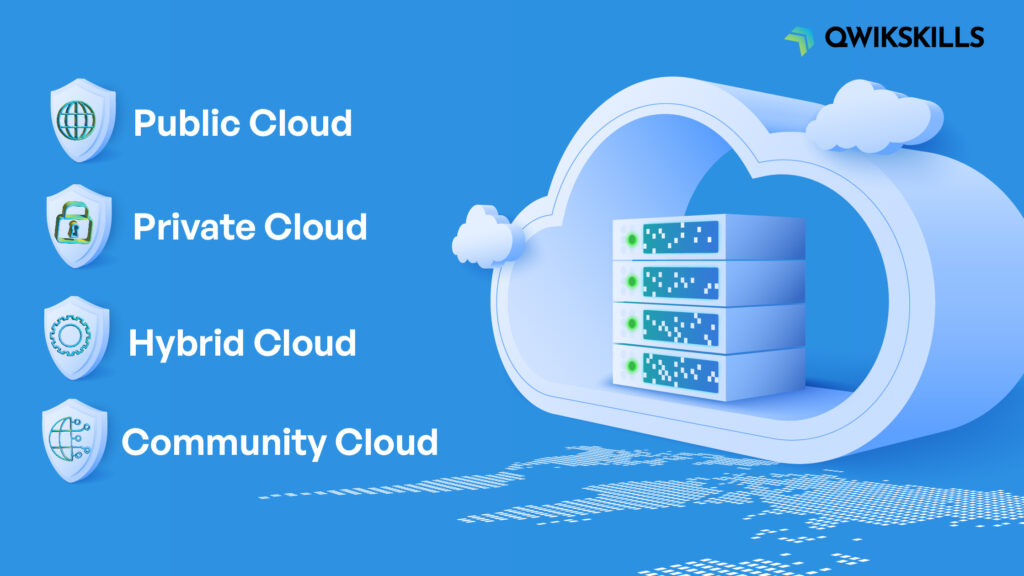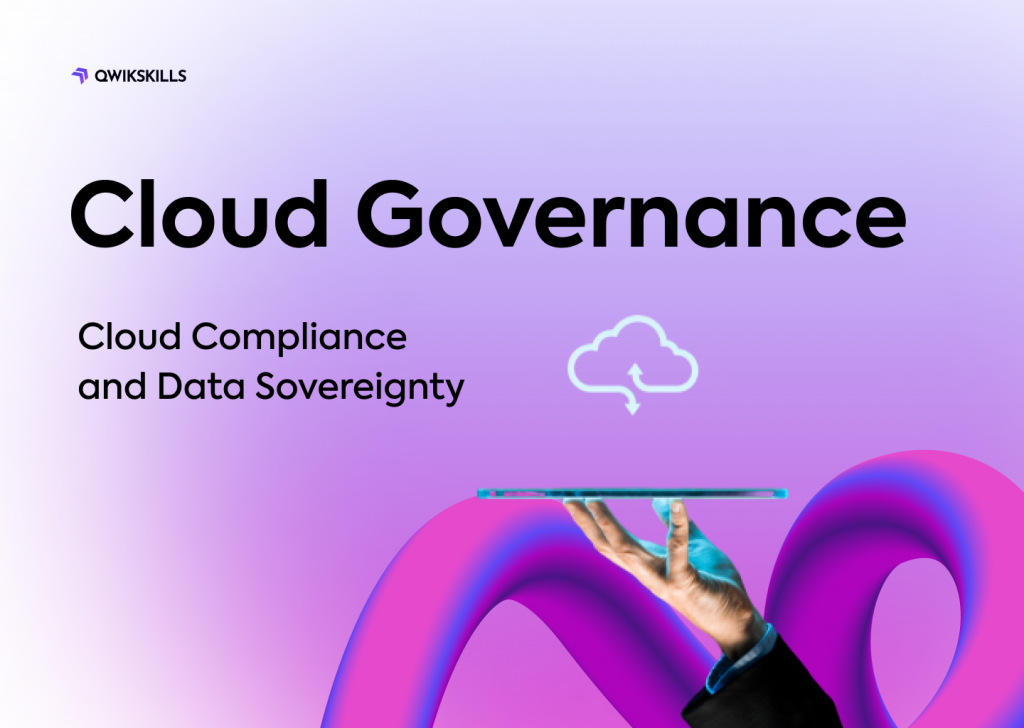Assuming you’re new to the universe of Cloud computing, you might be thinking about what it is, what the advantages are, and how it can help your business. The fundamentals of Cloud Computing, including the various types of cloud computing, cloud service models, advantages and disadvantages, common providers, and best practices, will be discussed in this primer.
How Does It Work?
Cloud services allude to the conveyance of figuring administrations, including servers, stockpiling, data sets, organizing, programming, examination, and insight, over the Web. Instead of putting away information and running applications on an actual server or PC, Cloud computing empowers clients to get to these administrations on request from a far-off server over the web.
The Four Types of Cloud Computing Models are as Follows
Public Cloud: Third-party providers like Amazon Web Services (AWS), Microsoft Azure, and Google Cloud Platform (GCP) provide public cloud services. They are accessible to anybody who needs to utilize them and is generally the most practical choice for little to medium-sized organizations.
Private Cloud: Confidential cloud administrations are utilized solely by a solitary association or business and can be overseen on-premise or by an outsider supplier.
Hybrid Cloud: Hybrid cloud services allow businesses to manage their resources across multiple clouds by combining public and private cloud services.
Community Cloud: Community cloud services can be managed by one or more of the organizations themselves or by a third-party provider. They are shared by multiple organizations with similar needs.
Models for Cloud Computing
There are three types of models for cloud services: Software as a Service, Platform as a Service, and Infrastructure as a Service (IaaS)
IaaS (Infrastructure as a Service): Users of IaaS can access virtualized computing resources like servers, storage, and networks over the internet. Users can set up and manage their infrastructure with this model.
PaaS, (Platform as a Service): PaaS furnishes clients with a stage for creating, testing, and conveying their applications without dealing with the hidden framework. Testing, database management, and development tools are included in this model.
SaaS (software as a service): Software applications are accessible to users via the Internet through SaaS. Users can access the software using this model without having to manage the infrastructure underneath.
Cloud Computing’s Benefits
There are numerous benefits of cloud services, including:
Scalability: Depending on their requirements, businesses can quickly and easily scale up or down their resources with cloud computing.
Flexibility: Businesses can access their applications and data through cloud computing from any location and on any device as long as they have an internet connection.
Cost-effectiveness: Businesses no longer have to make costly investments in their hardware and infrastructure.
Increased security: To safeguard their clients’ data from cyberattacks, cloud computing service providers provide robust security measures.
Backup and disaster recovery: offer fiasco recuperation and reinforcement administrations to guarantee that information is safeguarded in case of a debacle or blackout.
Risks and Challenges in Cloud Computing
While offering many benefits, there are also risks and challenges, including:
Security concerns: Data breaches and cyberattacks are two new security risks that are brought about by using cloud computing.
Dependence on Internet connectivity: A steady and dependable connection to the Internet is necessary for cloud computing. If the web association is lost, clients will most likely be unable to get to their applications and information.
Downtime and service interruptions: Administration blackouts and free time for Cloud computing suppliers can hurt business tasks.
Compliance and regulatory issues: The use of Cloud computing may be influenced by strict information security and protection policies in place by certain industries, such as banking and medical services.
The Best Practices
If you want your company to get the most out while minimizing the risks, you need to follow best practices like
Data recovery and backup Create a plan for disaster recovery and regularly back up your data.
Access control and identity management: To ensure that only authorized users have access to your applications and data, you should implement robust access control and identity management policies.
Regular patching and updates: To shield yourself from the latest security dangers, ensure your applications and framework are dependably cutting-edge.
Disaster recovery planning: To ensure that your business can quickly recover from a disaster or outage, develop a comprehensive disaster recovery plan.
Conclusion
Scalability, flexibility, cost-effectiveness, increased security, and disaster recovery and backup are just a few of the many advantages of cloud computing for businesses. Notwithstanding, it’s critical to know the dangers and difficulties, such as security concerns, reliance on web networks, margin time, administration interferences, and consistence and administrative issues. Businesses can ensure that they are maximizing the benefits of cloud computing while minimizing the risks by following best practices.
Get in touch with Qwikskills right away if you’re interested in learning more about cloud computing options for your company. You can find the cloud computing solution that best suits your business needs with the assistance of our team of experts. Contact us right away to find out more!





